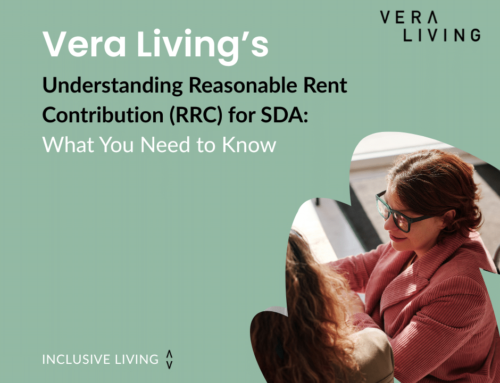The most recent in-depth piece of data released on the NDIS has been the NDIS Demand Map built by AlphaBeta, which you can look at here. From a data collection perspective, this tool is a fantastic example of how absolutely unique every region is when it comes to the NDIS.
The tool itself breaks data down by postcode, which is nice to see considering a lot of data provided by the NDIA is at an SA4 (Statistical Area 4) granularity. Additionally, providers concerned with larger catchment areas can select multiple postcodes to represent larger catchments simultaneously.
The tool does have a few limitations however which restrict the usefulness of the tool to certain categories of providers. Firstly, the tool is of course a predictive model based on spending at “full scheme”, meaning that we don’t know the existing spending levels suburb by suburb. Secondly, a list of 45 NDIS registration categories are grouped into 12 categories on the demand map making less ‘straight forward’ support categories more difficult to dissect. SDA is grouped as a “capital support” along with 15 other registration categories making it very hard to understand the role it will play in various suburbs, particularly given the significantly large statistical value of most SDA transactions. As an example, vision equipment and SDA are both under “capital supports“, however have widely varying average transaction values meaning that we could incorrectly infer the demand for a larger number of individuals needing vision equipment supports, when really is is a far smaller number of individuals requiring SDA.
A final downfall of the tool (before returning to discussing how great it is – because really we are thankful for any data released as providers) is the inability of us as users to predict how quickly each region will actually rollout to “full scheme” given we are already a year behind, and have to somehow take into account that certain inefficiencies will be greater in some areas when compared to others. In other words, there are a lot of other factors at play which determine the speed and effectiveness of the rollout: effectiveness of local planners and LACs, accessibility to quality supports and educators, isolation factors which may be exacerbated by under-resourcing etc.
On the otherhand, the release of this data benchmarks a huge step forward when it comes to data transparency and commitment to improved quality of the data itself. Furthermore, following the release of the Disability Reform Council reviews to the SDA Pricing Framework, which highlighted the need to commit to more consistent and frequent data releases, this is a very good sign.
The appendix which details different support registration categories can be found here, so if you are a provider, jump on and see how your future projects compare, and as a participant, you will certainly be able to see where new staffing and resources will come into existence.







